There is a ton of information out there about your research topics for English 241. Where do you even start?!
This guide offers some "best bets" for finding scholarly sources.
It may seem counterintuitive that logging into several different databases to conduct research is more efficient than, say, just Googling it. But in fact, once you know how these databases work, you'll see that they're designed to help you find and evaluate sources much more effectively and quickly! (If you're anything like me, you'll still end up with 50 tabs open at a time, though.)
Since you will be using both primary and secondary sources, it's useful to be able to tell the difference.
Primary Source: Documents providing first-hand, contemporary evidence of the phenomenon in question (newspapers, diaries, letters, images)
Secondary Source: Works by scholars, usually based on some analysis of primary sources. For instance, secondary sources in literature analyze literary texts, while secondary sources in history analyze the historical primary sources to make sense of a historical period or event.
In short, primary sources provide evidence, whereas secondary sources provide analysis.
You're using a lot of sources at this point! You might want to consider using a citation manager to keep track of them (and to generate bibliographies automatically).
Can't find what you're looking for? "Find It! at CUNY" doesn't actually, well, find it? That's OK! We have agreements with other libraries to get you the resources you need.
Much of the content in this guide was first written by my fabulous predecessor in this role, Nancy Foasberg. I hope that it brings her joy to know that her hard work here continues to inform Queens College students. I (Leila Walker) continue to update and maintain this resource.
